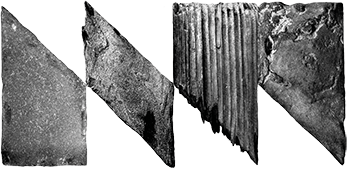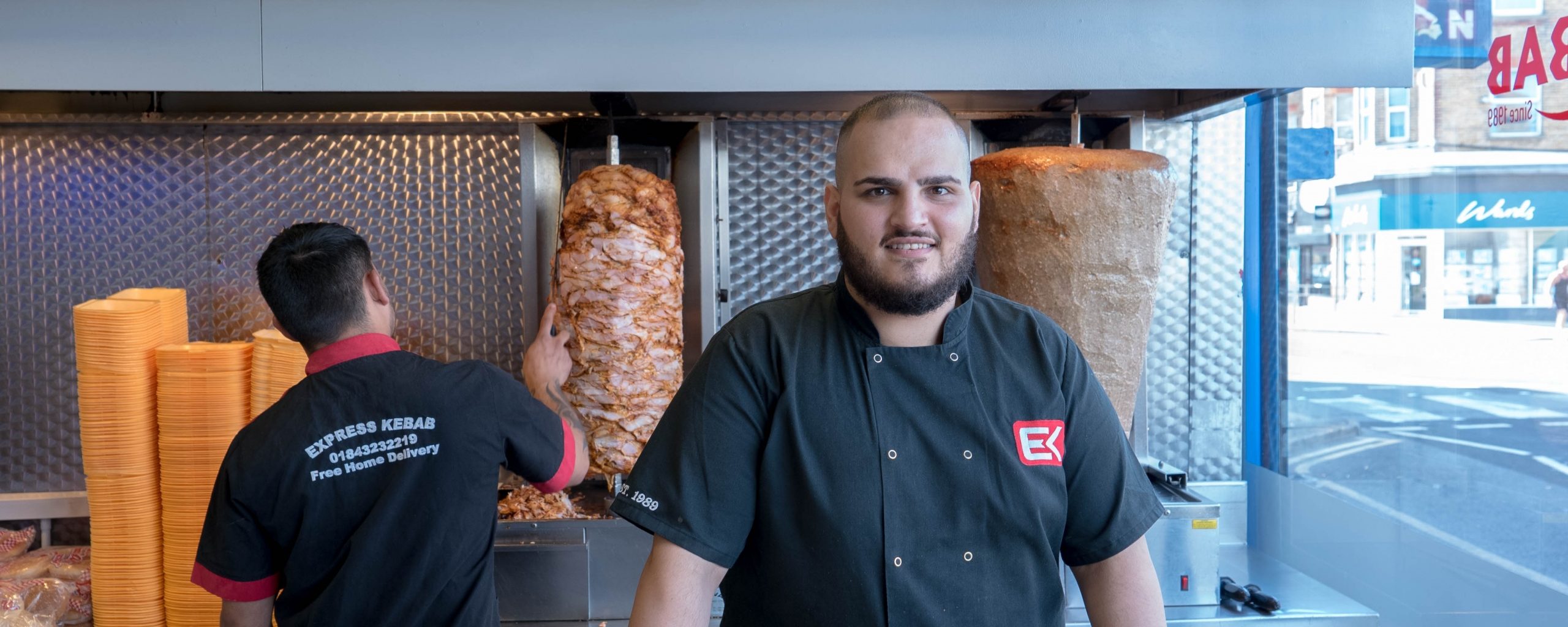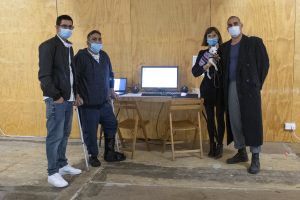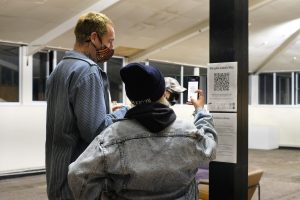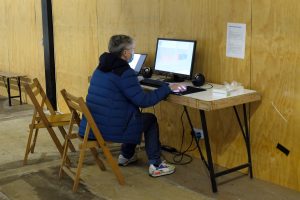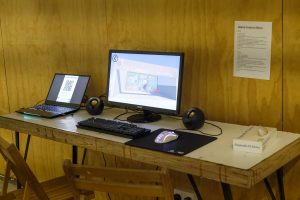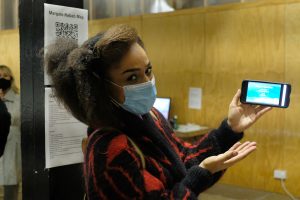The Margate Kebab Map: Umut Gunduz and Anna Skutley
‘The Margate Kebab Map’ is a multi-media documentary project highlighting a group of restaurants often overlooked or excluded by cultural profiles of Margate. While they are seldom reviewed by local magazines, such restaurants are long standing staples of the food industry. We would like to include this group in Margate’s conversation around culture, in order to contribute to a more inclusive and accurate portrayal of the community. So, we have created a playable game for Margate NOW 2020 which allows visitors to explore virtual versions of various kebab restaurants in Margate. While we encourage everyone to patron these restaurants where they can access The Margate Kebab Map via your mobile device.
https://violetassemblages.itch.io/margate-kebab-map
You can play directly from the link above on mobile. For desktop, follow the instructions on the link to download.
cargocollective.com/umutgunduzworks
instagram.com/Umutdemahmut
What is your practice?
Our collective practice brings together language theory, gaming and 3D technologies to explore ideas of assemblage, mapping and the digital exhibition space. As part of our ethos, we always approach projects prioritising collaboration, conversation and group assemblage of concepts and artistic practices. Therefore, while our group is primarily composed of just two individuals, we are flexible in our structure, often synthesising with other artists or groups. Our collective outfit is conceived as a testing-ground for investigating fiction and gameplay as frameworks for both physical and virtual exhibition spaces. It is envisioned as a fluid space for engaging in progressive and changing workshops and “lab-like” curatorial encounters. In this process, we do not work towards a prescribed outcome, but rather allow group research to guide the work’s development.
What drew you to this artform?
We began making installations together during our MA at the UCA in Canterbury, where we became enamoured by the results of collaborative thinking and art production. Soon, we found our individual research and practices were beginning to absorb one another and we decided to bring our work together more directly. Our ideas around assemblage and mapping stems from our interest in the writings of thinkers like Suely Rolnik, as well as Deleuze and Guattari.
Who is your art hero?
If we had to pick one person, someone we are inspired by at the moment is Lawrence Abu Hamdan, because of the way his work with Forensic Architecture and Amnesty International questions definitions of art and activism. The relationship between art, technology and human perception is at the crux of our collective practice; Abu Hamdan explores the collision of these ideas to address the veracity of our memories to recreate events and spaces.
As restrictions are lifting where will you be heading to first in Margate?
We are looking forward to paying a visit to our favourite charity shops. There are great finds at the Age UK Thanet on the High Street.
Tell us a bit about this place
Employees at charity shops across the country are working extra hard to ensure everyone’s safety. They are taking specific measures to quarantine, steam and sanitise donations during a time when single use materials and items are having a re-surge. We feel that now, more than ever, it is important to continue to shop second-hand.
What do you see the artists role being in the overall effort to dismantle systemic racism?
We see taught, systematic racism as a violence which maintains its momentum through acts of cultural appropriation and misrepresentation. Artists operate within a complex network of imagery and other cultural signs, whether they describe their practice as one that deals with representation, or not. We, therefore, see the artist’s responsibility as an engagement with current critical and cultural discourse. Cultural projects that accurately reflect the community that produces them have the potential to counteract to these aforementioned forces. As we explore ideas of mapping in our own practice, we see locations like kebab restaurants as important nodes of convergence that act as a kind of sample of the cultural amalgamation which constitutes a community like Margate.
